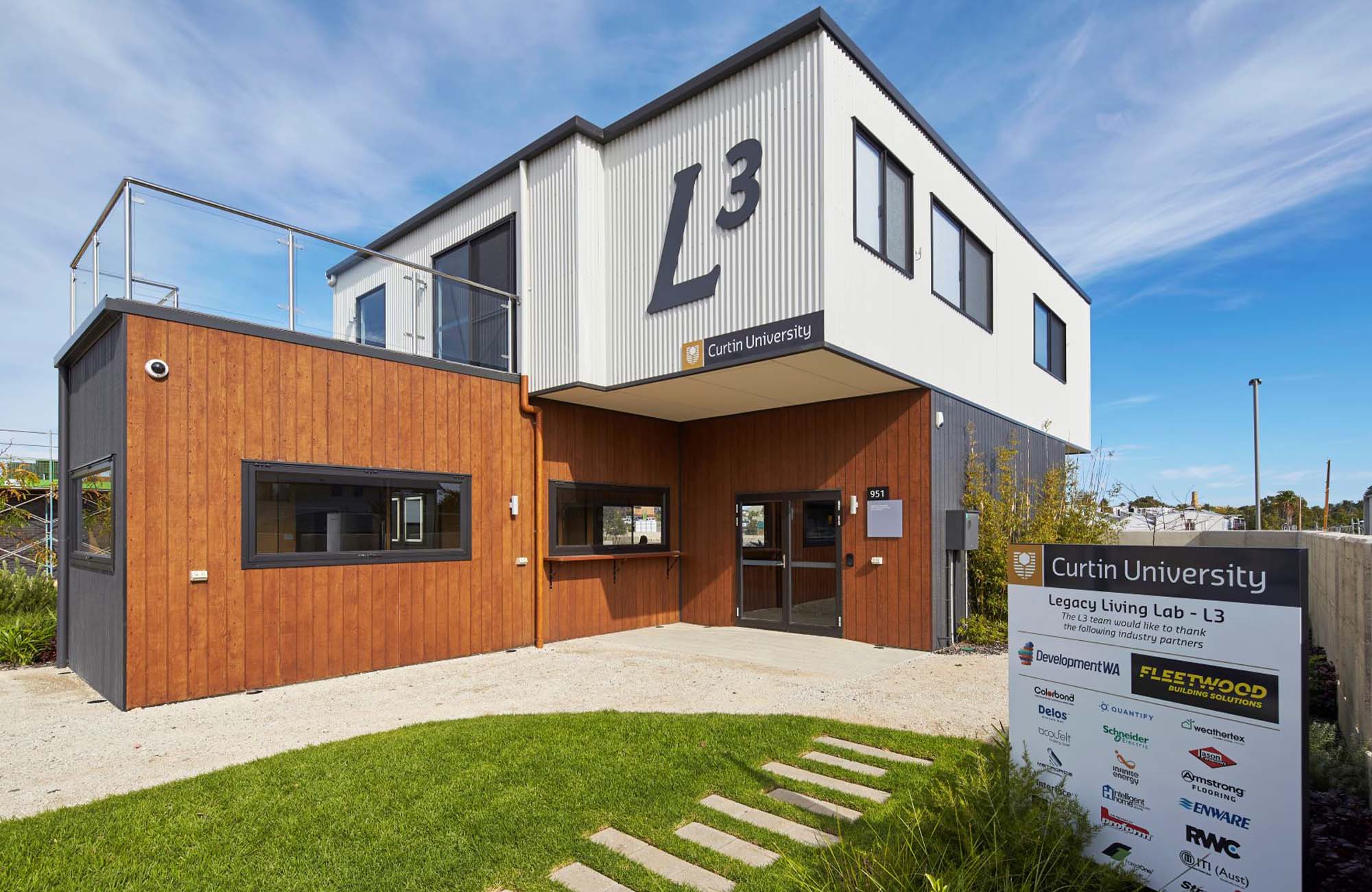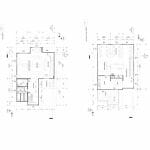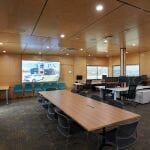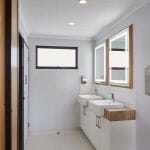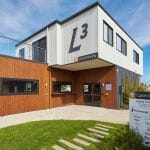Legacy Living Lab
Main Category: Green Building
Company: Fleetwood Australia
Location: Perth, Australia
Building Use: Research and office space
Gross Size of Project: 2691 Square Feet
Days to complete: 353
Award Criteria
Architectural Excellence
Fleetwood’s Western Australian operations inspired the Legacy Living Lab (L3) after two PhD students noticed unused heavy gauge steel frames. They imagined a building dedicated to the research of how we should build for a sustainable, circular economy future. Every piece of the building is reused material, ensuring savings in carbon emissions. The building was constructed using eight steel-framed modules & was designed for disassembly, deconstruction & re-location. It houses a café, break-out and communal areas, meeting rooms & offices. The building has three life cycles & will used in three different locations in its life.L3 addresses how to deal with excess material from building projects & explored the concept of “zero waste” & minimal demolition. It has been designed to enable future disassembly or reconfiguration, turning waste into new resources by decreasing waste production, related land pressure & material depletion as a modular building designed for disassembly & reuse.
Technical Innovation & Sustainability
The L3 building is where industry meets research to prototype and co-invent greener builder products. The two PhD researchers were based in our factory over several months, there was increased flexibility and the ability to make numerous variations to test and improve over the course of the project, including trialling alternative building products to optimize sustainability. The in-built reuse practices of the L3 lab have been calculated to save 18 tons of construction material from disposal, compared to common building industry practices. This equates to an 88% decrease in greenhouse gas emissions. The lab continues to feed research back into the field; collecting data on innovative products that support ‘circular economy’ construction. The research gathered from testing conducted is being be used to inform the building and construction industry, and champion sustainability. The L3 building has solar panels and a suite of sensors used to measure and optimize energy consumption.
Cost Effectiveness
L3 was funded by the university, government and industry donations. A number of industry partners were also involved, donating building materials and project funding, however Fleetwood was the major building partner. Fleetwood donated the steel frames the PhD students first noticed in their yard, as well as in kind time such as drafting, yard supervision and project management. The L3 project was conceived through life cycle thinking, with the first life cycle, or use commenced in 2019. While traditional buildings are built to last in a linear fashion, in a single location, life cycle thinking allows for disassembly and reuse multiple times, in different locations and even modified for different purposes. This means the whole of life costs across the various life cycles is vastly reduced, not to mention the additional environmental benefits of preventing useable materials from ending up in landfills.
See More Awards of Distinction Winners
To view all our current honorees, visit our main Awards page.

